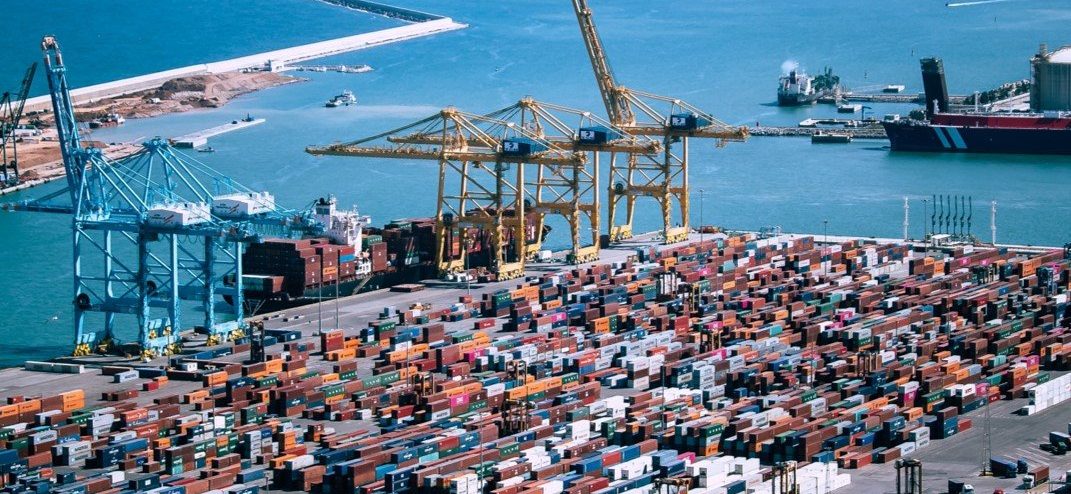
The Ripple Effect of Port Congestion on Supply Chains
In today’s interconnected global economy, the smooth operation of supply chains is critical for businesses and consumers alike. However, port congestion has become a significant bottleneck, causing disruptions that ripple throughout the supply chain. Here’s a closer look at how port congestion impacts supply chains and the broader economy.
What is Port Congestion?
Port congestion occurs when ships queue up outside a port because there are insufficient berths, labor, or equipment to handle the volume of cargo. This can be due to a variety of factors, including increased trade volumes, labor disputes, infrastructure issues, or external events like pandemics.
Delays in Shipping
One of the most immediate effects of port congestion is delays in shipping. When ships are stuck waiting to unload, it results in longer transit times. This delay affects the entire supply chain, from manufacturers waiting for raw materials to retailers waiting for finished products. For time-sensitive goods, such as perishable items or seasonal merchandise, these delays can be particularly damaging, leading to spoilage or missed market opportunities.
Increased Costs
Port congestion leads to increased costs for businesses. Ships idling at sea incur higher operational costs, which are often passed on to shippers in the form of higher freight rates. Additionally, storage costs at ports can rise due to the backlog, and businesses may need to invest in additional warehousing to accommodate delayed shipments. These increased costs ultimately trickle down to consumers, leading to higher prices for goods.
Inventory Management Challenges
Effective inventory management relies on predictable supply chain flows. Port congestion disrupts this predictability, making it challenging for businesses to maintain optimal inventory levels. Companies may find themselves with either too much inventory, tying up capital and storage space, or too little, leading to stockouts and lost sales. Both scenarios can harm a business’s bottom line and customer satisfaction.
Impact on Production Schedules
For manufacturers, timely delivery of raw materials and components is crucial to maintaining production schedules. Port congestion can lead to shortages of essential inputs, forcing manufacturers to halt or slow down production. This can have cascading effects, particularly in industries with tightly integrated supply chains, such as automotive and electronics manufacturing.
Broader Economic Implications
The effects of port congestion extend beyond individual businesses. Prolonged congestion can strain the entire logistics network, including trucking and rail services, as they adjust to fluctuating volumes. This can lead to labor shortages, increased emissions from idling vehicles, and greater wear and tear on infrastructure. On a macroeconomic level, sustained port congestion can dampen economic growth, as it hampers trade and increases costs for businesses and consumers.
Mitigating Port Congestion
Addressing port congestion requires a multifaceted approach. Investment in port infrastructure, such as expanding berths and improving cargo handling technology, can help increase capacity. Better coordination among port authorities, shipping lines, and logistics providers can also enhance efficiency. Additionally, adopting digital solutions like real-time tracking and predictive analytics can help manage congestion by improving visibility and planning.
Conclusion
Port congestion is a complex issue with far-reaching effects on global supply chains. While it poses significant challenges, strategic investments and collaboration can help mitigate its impact, ensuring that goods move more smoothly from origin to destination. By understanding and addressing the root causes of congestion, businesses and policymakers can work together to build more resilient supply chains for the future.

